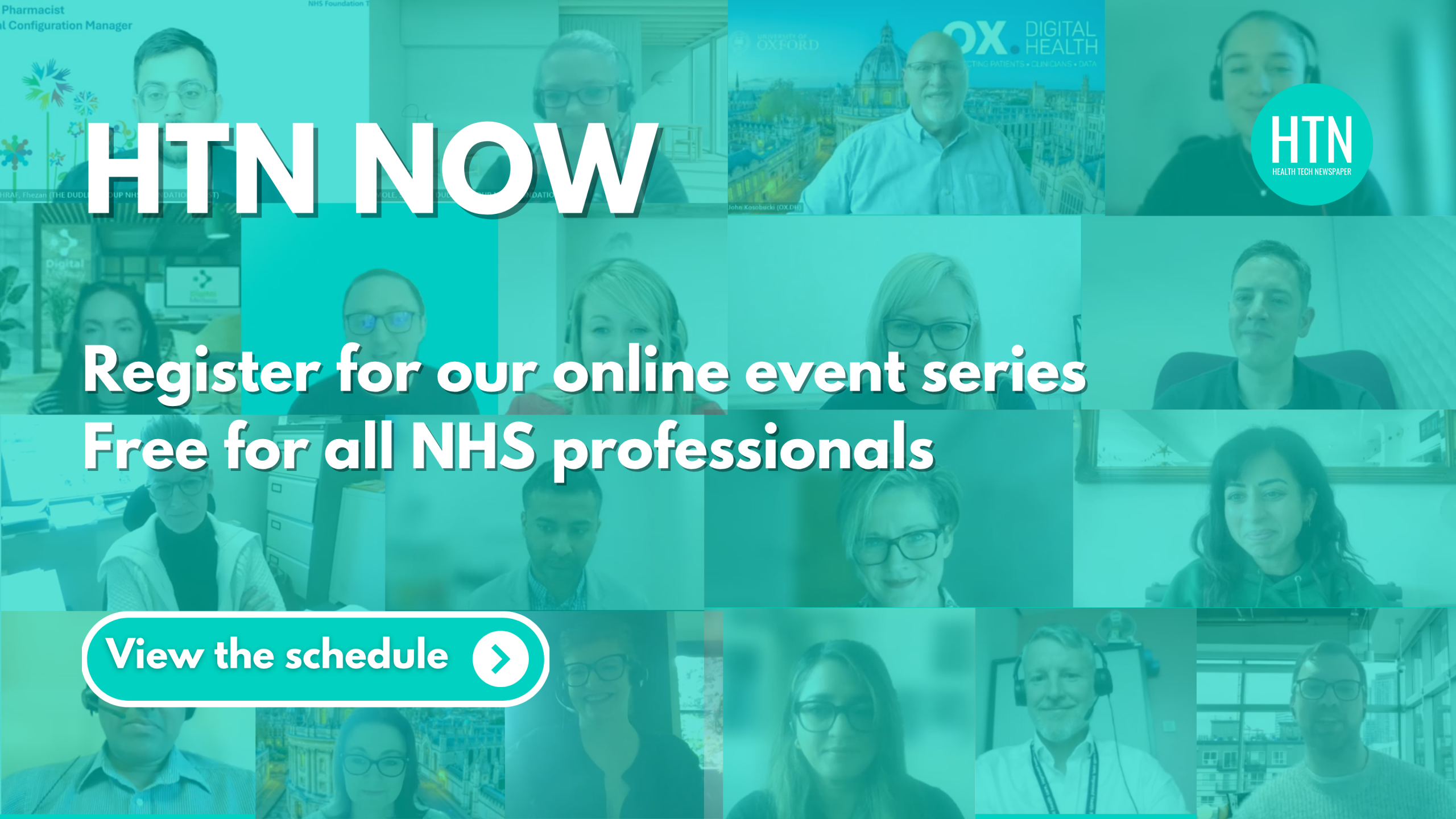By Jack Tabner, General Manager for Community & Mental Health at Accurx, and Elliott Engers General Manager for Acute Trusts at Accurx
Over the last decade, Patient Engagement Portals (PEPs) have laid critical foundations in NHS digital infrastructure – giving patients greater access to their health information and helping Trusts digitise the basics of engagement. But now, with the NHS facing extraordinary challenges and having just published its 10-year plan, the next wave of transformation will be unlocked not by adding more portals, but by building a national communication layer. One that enables real-time, two-way, human communication between patients, staff and services. And one that directly empowers patients while easing the load on clinicians.
We’re not proposing to replace existing PEPs or divert the much-needed focus from the NHS App as a digital front door. Quite the opposite: we believe a communication layer should complement and enable these initiatives.
From access to empowerment
PEPs have taken us a long way. They’ve helped shift appointment letters, clinic updates, and results into the hands of patients. They’ve introduced transparency and brought structure to digital access.
But access is only the beginning. To truly deliver on productivity, efficiency and patient experience, we need to empower patients – not just inform them.
This belief sits at the heart of our approach at Accurx. It’s why we’ve developed a simple, evidence-based framework for unlocking value in patient-facing workflows: Remove, Convert, Streamline:
- Remove: We help providers identify and eliminate activity that doesn’t need to happen at all – for example unnecessary appointments or referrals – through triage and messaging tools. In primary care, Accurx’s triage-first approach has resolved up to 40 percent of incoming requests without the need for an appointment. In settings such as community mental health teams and health visiting services, this same model is enabling safe self-management, quicker interventions, and fewer unnecessary visits.
- Convert: We enable the conversion of care from face-to-face to asynchronous and digital-first communication, where appropriate, using simple, secure messaging, remote questionnaires, and telephone and video consultations. This shift unlocks capacity and flexibility for clinical teams and patients.
- Streamline: For care encounters that do need to take place, we improve quality and efficiency. From preparing patients in advance using structured questionnaires to streamlining follow-up with digital check-ins, we help teams deliver better, more personalised care. We also support clinicians with solutions like Accurx Scribe – a secure, AI-powered clinical scribe that transcribes patient consultations directly into the clinical record and can create downstream documents instantly, like patient information summaries and GP letters, which can be shared with patients and staff across the system easily. By cutting documentation time and improving accuracy, Scribe helps clinicians focus on what matters most: their patients.
When we apply this lens, the potential for productivity uplift becomes clear. All of this builds trust, saves time, and protects precious clinical resource.
The scale of the challenge – whether it’s outpatient appointments, mental health referrals or community nursing caseloads – means impact is needed in months, not years.
PEPs have created a great platform for this sort of empathetic and very human communication to start taking place now. Because without it, patients simply have access to information without the crucial ‘so what’s next?’.
The current state: complex, not connected
Alongside PEPs, the system has grown increasingly complex: Personal Health Records, ambitions for a Single Patient Record, the foundational role of the Electronic Patient Record (EPR), and the evolving NHS App – now rightly seen as the national front door for patients.
Each component serves a purpose. But few, by design, address the core problem patients and staff face every day: a lack of timely, clear, two-way communication.
Far too often, systems digitise documents without redesigning the underlying process. A PDF in a portal still arrives too late. In a system where access can feel difficult, many letters sent by the NHS inadvertently serve to disempower patients as they effectively say: “Don’t act; don’t contact us; wait to be told.” The result is unnecessary appointments (deemed unnecessary by both clinicians and patients who may have taken time off work and organised travel and parking to attend), frustrated patients, and stretched clinical teams managing inboxes and phone calls that shouldn’t exist in the first place.
What does a communication layer look like?
We’re not proposing to replace existing systems. Quite the opposite: we believe a communication layer should complement and enable them.
We need to create infrastructure that lets services talk to each other – and to patients – in real-time. A shared, integrated messaging fabric that works across care settings, supports asynchronous contact, and empowers patients to actively manage their care journey.
Imagine Amira, a patient with diabetes, supported by a neighbourhood team:
- “Hi Amira, your diabetes review is due – please complete this short questionnaire so we can review your care and decide next steps.”
- Amira completes the questionnaire via her PEP, which is reviewed by her Clinical Nurse Specialist. Based on her responses, they determine no in-person appointment is needed – and her review is completed remotely and shared with Amira via her PEP.
- Two weeks later, Amira sends a message via her PEP: “I’ve been feeling dizzy again – could it be my insulin?”
- Her clinical team replies the same day. After reviewing her notes, her medication and recent questionnaire responses, they ask a few follow-up questions to safely assess the situation.
- They agree to adjust her insulin dose, provide clear guidance and update her care plan, which is viewable within her PEP – all through messaging. In just a few clicks, her GP is notified, and her daughter – registered as her carer – is looped in too.
No chasing. No waiting. No ambiguity. Just safe, joined-up care that works for everyone.
PEPs and the NHS App: evolving to meet the moment
We believe there’s an exciting opportunity for PEP vendors to evolve and build features that support real-time messaging, structured triage, and integration with wider clinical systems. We always welcome the chance to partner with forward-looking PEP providers to make this a reality.
Similarly, the direction of travel for the NHS App – toward becoming the true digital front door – is hugely welcome. One day, we may look back and view the App as not just an access point, but the primary interface through which citizens experience and navigate the NHS – much like many of us already think about our banking apps.
For that vision to be realised, however, communication needs to be at its heart.
This isn’t just a better experience – it’s a better system
The 2025/26 planning guidance is clear: systems must reduce DNAs, validate waiting lists, free up clinic capacity, and improve productivity. A PEP alone cannot achieve this – only a PEP with a communication layer can make these ambitions real, through:
- Validating waiting lists through structured messaging, not one-way letters.
- Reducing DNAs by letting patients respond, confirm, or cancel in seconds.
- Freeing up appointments by resolving queries asynchronously.
- Accelerating care pathways by streamlining handovers and updates.
The future is less friction, more function
We don’t believe the answer lies in tearing up what’s already there. The foundation is sound. But if we want to deliver on the ambitions of integrated care, neighbourhood teams and proactive, personalised support, we need to move beyond access. We need systems that let people communicate.
Digital maturity doesn’t mean more dashboards or features. It means more clarity. For patients. For staff. And for the system.
Let’s build the communication layer the NHS needs.







